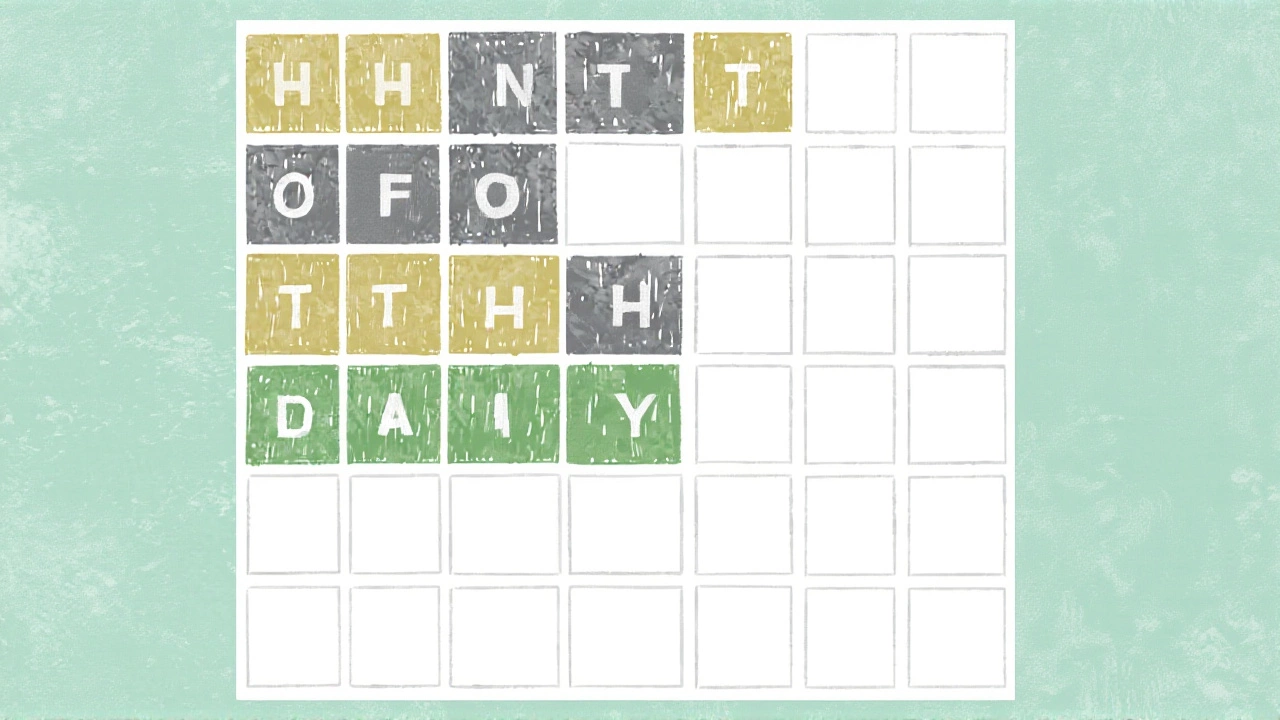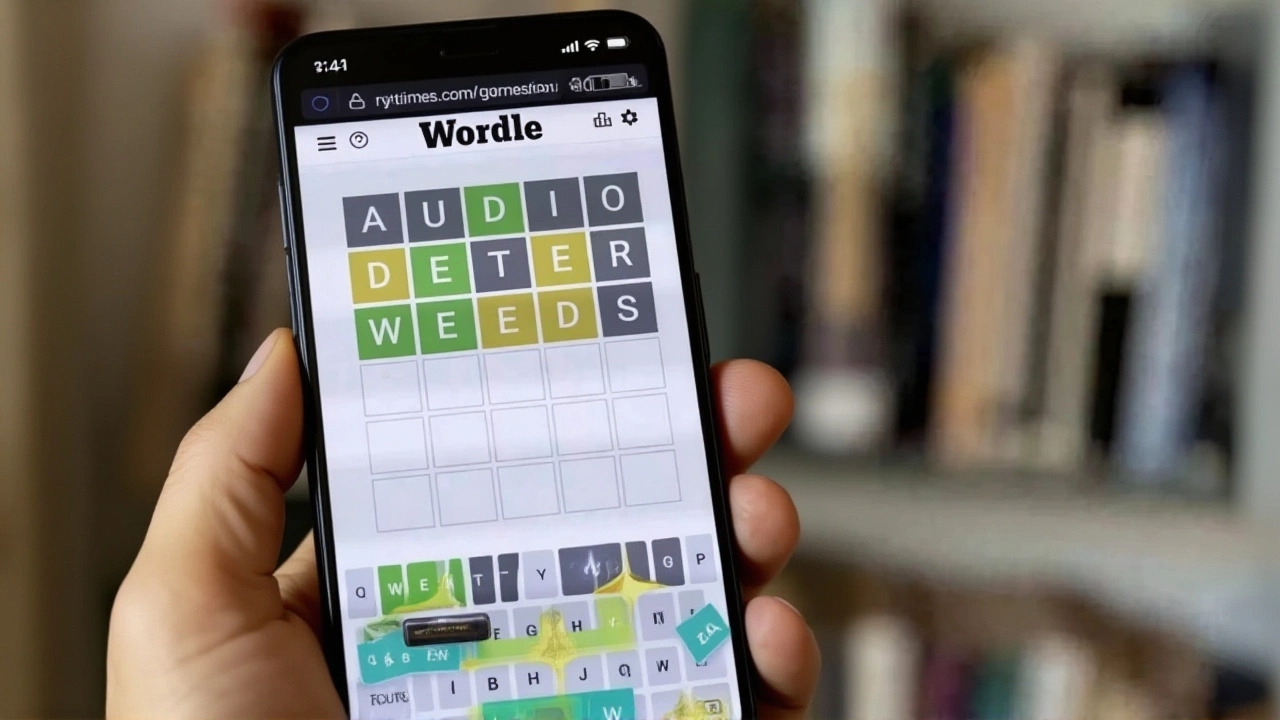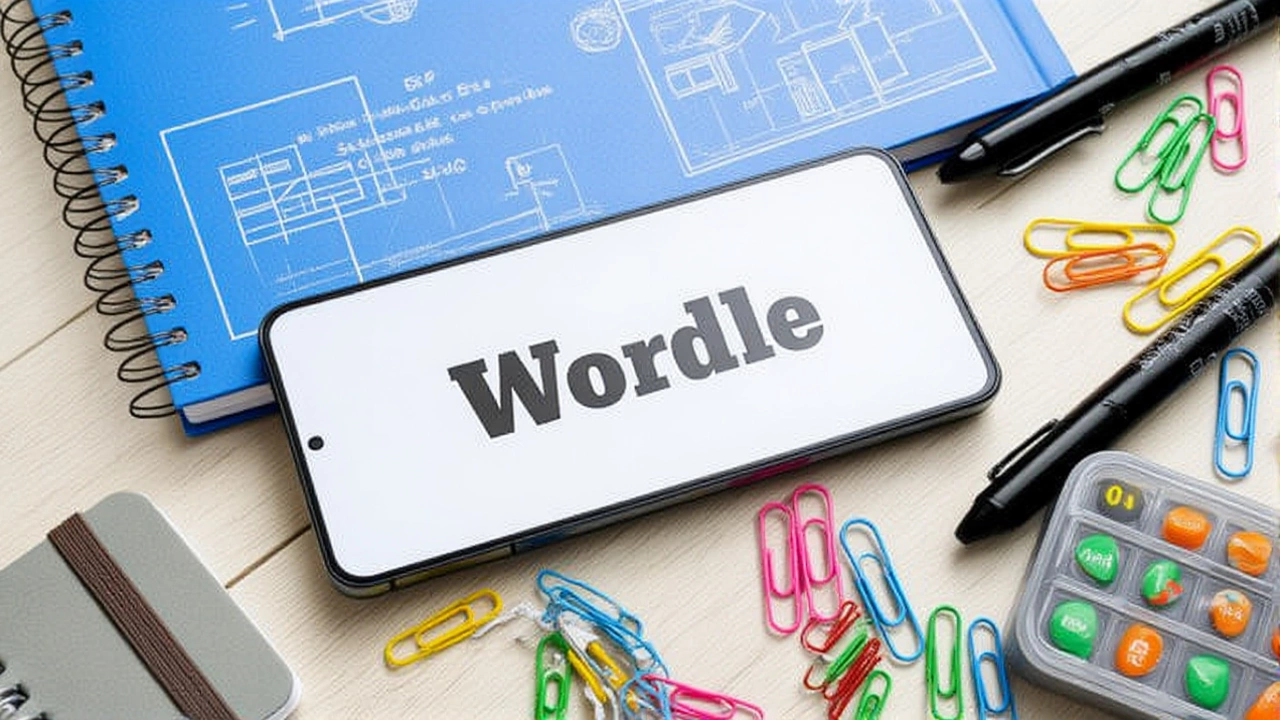On October 26, 2025, millions of Wordle players around the world breathed a sigh of relief—or groaned in frustration—when the daily five-letter puzzle was revealed to be PLUMP. The solution, confirmed by gaming guide sites Try Hard Guides and TheGamer, ended a day of speculation and keyboard-tapping that began at midnight local time across every time zone. For those who’d guessed "PLUMP" correctly, it was a satisfying win. For others? A word that felt oddly familiar yet just out of reach. The answer, meaning moderately fat or rounded in shape, wasn’t obscure—but it wasn’t easy either. And that’s exactly what makes Wordle so addictive.
How the Puzzle Broke Global Time Zones
Wordle doesn’t roll out at the same moment everywhere. It ticks over at 12:00 AM local time in each player’s region, meaning someone in Auckland saw the puzzle hours before someone in New York. Try Hard Guides explained it plainly: "no matter where you live in the world, you will have a new puzzle waiting for you as soon as it turns 12am!" That’s why on October 25, 2025, at 8:00 PM UTC, players in the Eastern Time Zone got their first glimpse. Meanwhile, in Wellington, it was already noon on the 26th. The system is elegant in its simplicity—no server overload, no global countdowns, just a quiet daily reset tied to your own clock.
Two Sources, One Answer
Both Try Hard Guides and TheGamer published their solution articles within hours of the puzzle’s release. Try Hard Guides led with blunt clarity: "The answer for Wordle 1590 is PLUMP!" in all caps. TheGamer, meanwhile, used a more subtle approach—its headline read, "Wordle Answer And Hints - October 26 2025 Solution #1590," and directed readers to "find the answer right here," assuming the puzzle’s solution would be obvious once clicked. Neither article named an author. Neither cited a source beyond the official Wordle website. But together, they formed an unspoken consensus: PLUMP was the word.
Try Hard Guides went further, offering a breakdown of letter positions—first two letters, middle letter, last three letters—though the actual hints weren’t detailed in the source. It’s a pattern they’ve followed since the game’s rise: not just giving answers, but teaching players how to think. "If you're hoping to get better at Wordle then we've got some tips..." the site teased, hinting at a deeper strategy guide buried beneath the surface.

Why PLUMP Was Tougher Than It Looked
At first glance, PLUMP seems straightforward: P-L-U-M-P. Two P’s, a U in the middle, and an M that doesn’t show up often in Wordle solutions. But here’s the twist—it’s not a verb, not a place, not a name. It’s an adjective. And adjectives, especially ones that describe body shape, are rarer in Wordle’s lexicon than you’d think. The game’s word list leans toward nouns and common verbs. PLUMP is a holdover from older English usage, the kind of word your grandma might use to describe a well-fed cat or a cozy sweater. That’s why so many players went for "PLANT," "PRUMP," or "PLUMPY"—all logical, all wrong.
Wordle’s dictionary, while not public, is known to exclude slang, proper nouns, and overly obscure terms. PLUMP made the cut because it’s in the Oxford English Dictionary, widely understood, and—crucially—has a satisfying rhythm. The double P’s create a punctuation-like pause. The U in the center gives it a soft center. It’s a word you feel as much as you say.
From Puzzle #1 to #1590: A Five-Year Run
Wordle #1590 marks nearly five years of daily play since the game’s public debut on June 19, 2021. That’s 1,590 puzzles, each one a tiny mental workout. No one predicted it would become a global ritual. But here we are. People share their grids on Twitter, argue over the best starting words, and even create fan art of the green-yellow-gray squares. The game’s owner, The New York Times, has never released player numbers, but industry analysts estimate over 300 million monthly active users. That’s more than the population of the United States.
What’s remarkable isn’t just the scale—it’s the consistency. No holidays off. No skipped days. Even during the 2022 U.S. government shutdown, Wordle kept rolling. It’s a tiny anchor in chaotic times. A quiet moment of clarity.

What’s Next?
The next puzzle, #1591, dropped on October 27, 2025, at midnight local time everywhere. No hints were leaked. No spoilers posted. Just another day, another word. And players? They’re already waiting.
Frequently Asked Questions
How do I know if the Wordle answer I found is correct?
The only official source is the Wordle website itself. Sites like Try Hard Guides and TheGamer publish solutions for reference, but they’re not the source—they’re interpreters. If your grid matches the colored feedback from the official game (green for correct letter in correct position, yellow for correct letter in wrong position), then you’ve solved it. PLUMP was confirmed because it matched the exact pattern of two P’s, one L, one U, and one M across five positions.
Why do some sites use "#1590" and others "#1,590"?
It’s purely stylistic. Try Hard Guides omits the comma for cleaner URL formatting and readability in headlines, while TheGamer follows conventional number formatting for print-style journalism. Both refer to the same puzzle. The numbering began on June 19, 2021, with #1, and increases by one daily. There’s no official numbering system from The New York Times, so third-party sites developed their own conventions.
Can I play past Wordle puzzles like #1590 again?
The official Wordle website only offers today’s puzzle. But sites like Try Hard Guides maintain archives of past answers, including full grids and hints. You can revisit #1590’s solution and even simulate the experience using fan-made tools like "Wordle Archive" or "Wordle Replay." Just don’t expect the same thrill—you already know the answer.
Is PLUMP a common Wordle answer?
No, it’s fairly rare. Among the top 2,000 most common Wordle answers, words like CRANE, SLATE, and ADIEU appear far more frequently. PLUMP is unusual because of its double consonants and adjective form. Only about 12 words in Wordle’s history have featured two identical letters at the start and end like PLUMP. That makes it memorable—and harder to guess without a strong strategy.
Who owns Wordle now, and why does it still feel so simple?
The New York Times bought Wordle in early 2022 for a reported $1 million. Despite the acquisition, they’ve kept the game nearly untouched—no ads, no paywalls, no gimmicks. That’s why it still feels pure. The design, the interface, even the sound of the tiles clicking—they’re all unchanged. The company understands that Wordle’s power lies in its restraint.
